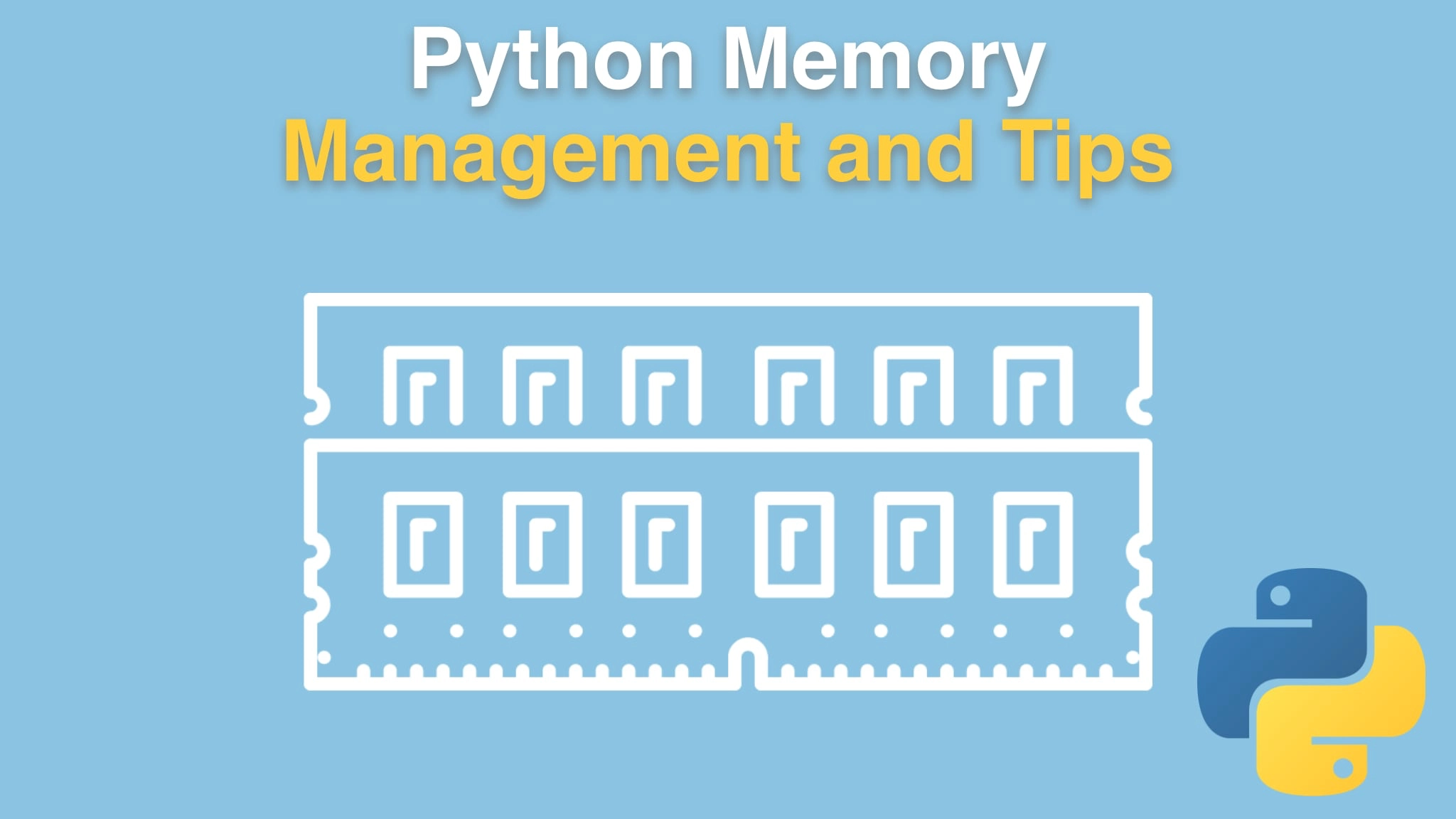Python Memory Management and Tips Transcripts
Chapter: Recovering memory in Python
Lecture: Ref counting in source
Login or
purchase this course
to watch this video and the rest of the course contents.
0:00
Well, we've come to the end of the line. Not for our course, there's a lot left there. But for the life-cycle of Python objects.
0:08
We're going to talk about cleaning up memory and destroying Python objects that we've been working with, but we don't need anymore.
0:15
This is really what most people think about when they think about Python Memory Management.
0:19
I think the stuff about allocation is not even on people's radar for the most part, but this is. This is when we're working with objects and we're
0:28
working with data, how does Python make it go away without us having to do what C has to do? Where you have accounting
0:36
and some part of the program is responsible for tracking when a thing can go away and it's got to make sure it doesn't do it too early,
0:41
but not too late. So we're gonna talk about two different techniques in Python that, but let's not worry about that,
0:48
but understanding it is still super important. So if we grab our red pill again and jump over into the CPython source
0:55
code, you can just go to "bit.ly/cPythonobject" to go find this bit here. Remember, that we saw object.c already.
1:03
This is object.h, the header file that defines what is one of these objects. There's 667 lines just in the header.
1:10
This is a crazy thing. So I've only grabbed a very small bit of the definition of PyObject. So we're defining a new type,
1:18
You can see at the bottom it's called "PyObject", we're gonna have a whole bunch of pointers to it, but the most interesting thing I want you to take
1:25
away in this part is to do with this "ob_refcnt". So how Maney references, how Maney variables, pointers, remember, Python doesn't have pointers,
1:36
but it kind of does so, references or pointers point back to this particular object? and it's a "Py_ssize_t", which is a weird type,
1:47
basically, it's a way to get an unsigned number, an integer or a long or something like that, that matches the type of architecture you have.
1:57
So like on a 64 bit processor it's probably 64 bit or 64 bit version of Python, a 64 bit number or a long, things like that.
2:07
Think of it is just a number, an integer, and it just counts: 0, 1, 2, 3, 4, 5 as different variables point at this object,
2:16
Python behind the scenes will increment this number, and as they stop pointing at it,
2:20
cause either they go out of scope and get destroyed or they get assigned to another variable or to none or something like that,
2:26
Python will take this down, and when that number reaches zero, the object is cleaned up. Boom,
2:32
That's it. Remember, it's taken out of its block so that other things can be put into that hole into that block and reused.
2:41
This is the primary way, this reference counting idea is the primary way that Python
2:45
keeps track of things that you're working with and cleans them up for you. There's a secondary way, because reference counting does have some flaws.
2:54
But when you think of Python Memory Management and things getting cleaned up, this should be the first thing that comes to mind.
